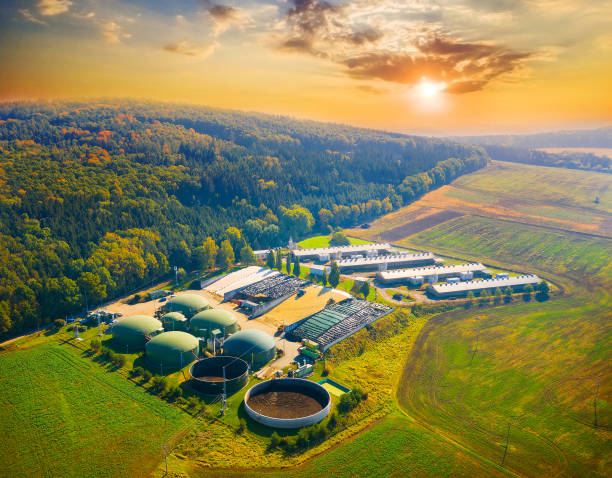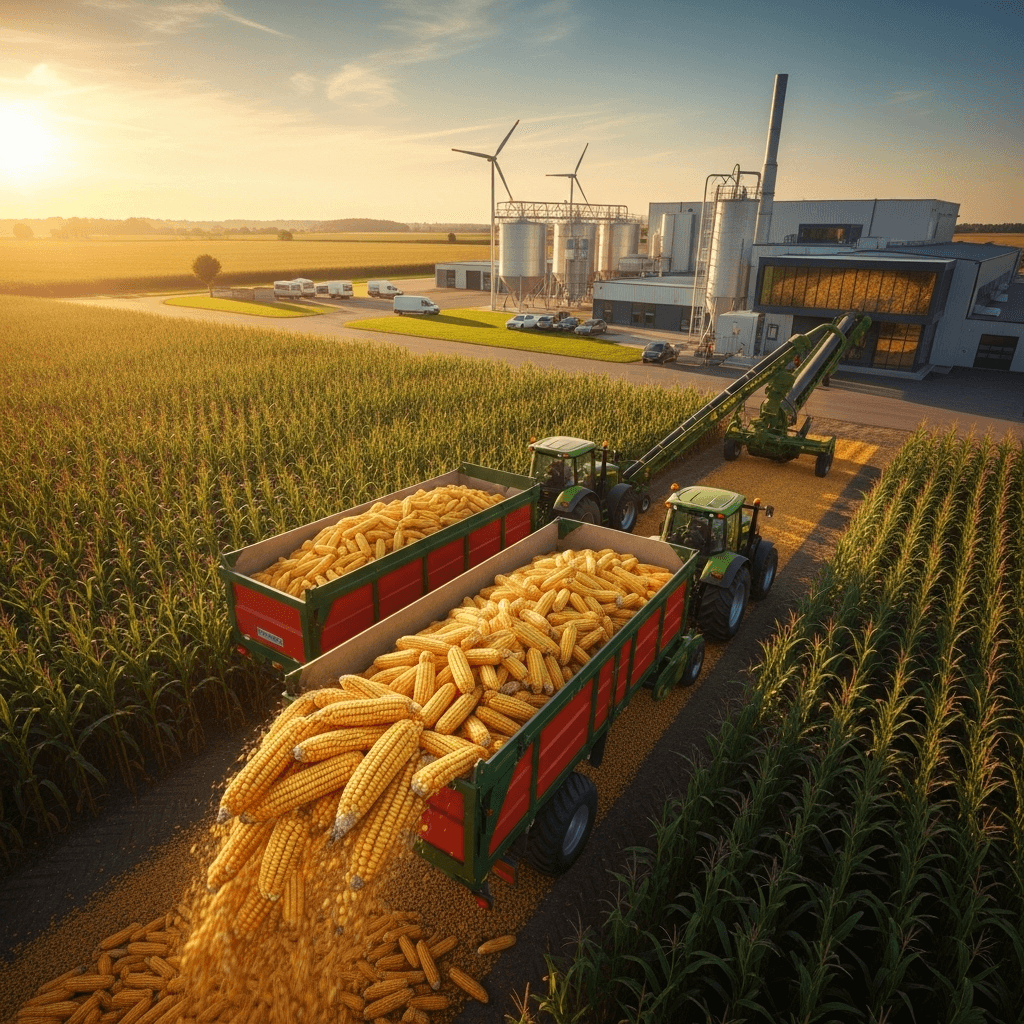
Algae-Based Biofuels: The Next Generation of Clean Energy
Exploring how microalgae cultivation is revolutionizing sustainable fuel production with higher yields and lower environmental impact than traditional crops.







Core expertise in PMC, EPC, Technology Transfer and renewable energy projects in Bio-CNG, Bio-Diesel, and Ethanol. Signed MoU with Uttarakhand , UP , Tripura , Assam , MP Government for ₹5000 Cr + under PPP in FY 2024–25. Over CBG Project of 74+ @1154 Cr + PMC , EPC & Technology Transfer contracts across India. Established JV Company with Uttrakhand Govt . HEMU - Harit Energy Mission Uttrakhand under ( PPP Model )
A Unique Platform for CBG Project - Asia's First CBG Park # Launched First CBG Park , Bulandshahr , UP.
Establishing 15 CBG Parks in UP, Uttarakhand, Assam, Karnataka , Madhya Pradesh , Rajasthan , Gujarat , Chattisgarh and planning expansion into MP, Gujarat, and North East. Under CBG Park , Aims to build 150+ CBG plants by FY 2026–27 under a unified national platform.
Powering a Green Revolution through innovative sustainable energy solutions
Our process ensures top-grade Bio-CNG, Bio-Diesel, and Ethanol with consistent calorific value and purity.
Leveraging waste-to-energy tech that minimizes emissions and supports circular economy goals.
74+ PMC, EPC, Technology Transfer, Operation & Maintenance. Launch First CBG Park, Bulandhshar in 2025 & Plant to Establishing 15 CBG Park till 2026-27. 150+ CBG Plant Under CBG Park till 2026-27.
Enables rural empowerment through agri-waste buyback, local job creation & PPP-led development.
From feedstock aggregation to last‑mile delivery, KEC Bio‑Fuel provides turnkey PMC , EPC , Technology Transfer , O & M expertise for Bio‑CNG, Bio‑Diesel ,Ethanol ,Hydrogen, and Green Ammonia assets through advanced fermentation, gasification, and purification systems, ensuring high yields and lower costs. Our mission is to convert waste streams into clean energy creating rural prosperity.
Backed by 74 + EPC contracts and a ₹5000 Cr+ PPP MoU with the various State Government , we are scaling toward 225 + CBG plants nationwide by FY 2026 - 2027. KEC Robust structure integrating backward (from suppliers) and forward (to customers) is achieved by combining control over raw material feedstock and production processes with control over the distribution, sales, and end-user
“Every tonne of agri‑waste we upcycle replaces fossil fuel, cuts methane emissions, and puts money back in farmers’ hands.”
– KEC Bio‑Fuel CEO
Robust agri‑waste & municipal‑waste supply chains secured through long‑term farmer partnerships and city‑level tie‑ups.
State‑of‑the‑art anaerobic digestion & trans‑esterification delivering high‑purity Bio‑CNG, Bio‑Diesel & Ethanol.
Nation‑wide pipeline, cylinder & tanker network that moves green molecules efficiently to industrial and mobility customers.
Certified lifecycle CO₂ savings converted into tradable credits, boosting ROI and supporting net‑zero targets.
BUILD WITH EASE
Biofuels, especially Bio-CBG, are a key enabler of a sustainable energy ecosystem. Produced from agricultural residue, organic waste, and renewable biomass, they significantly lower greenhouse gas emissions while reducing dependency on fossil fuels.



Advancing clean energy through sustainable biofuels that reduce emissions, empower rural economies, and support a circular future for all.
Experience the beauty of our campus





Stay updated with cutting-edge research, innovations, and industry developments in sustainable biofuel technology

Exploring how microalgae cultivation is revolutionizing sustainable fuel production with higher yields and lower environmental impact than traditional crops.

Learn how agricultural waste like corn stalks, wheat straw, and rice husks are being transformed into sustainable biofuels through advanced processing technologies.

Discover the latest developments in biodiesel manufacturing, from feedstock optimization to advanced refining processes that make biofuels commercially viable.